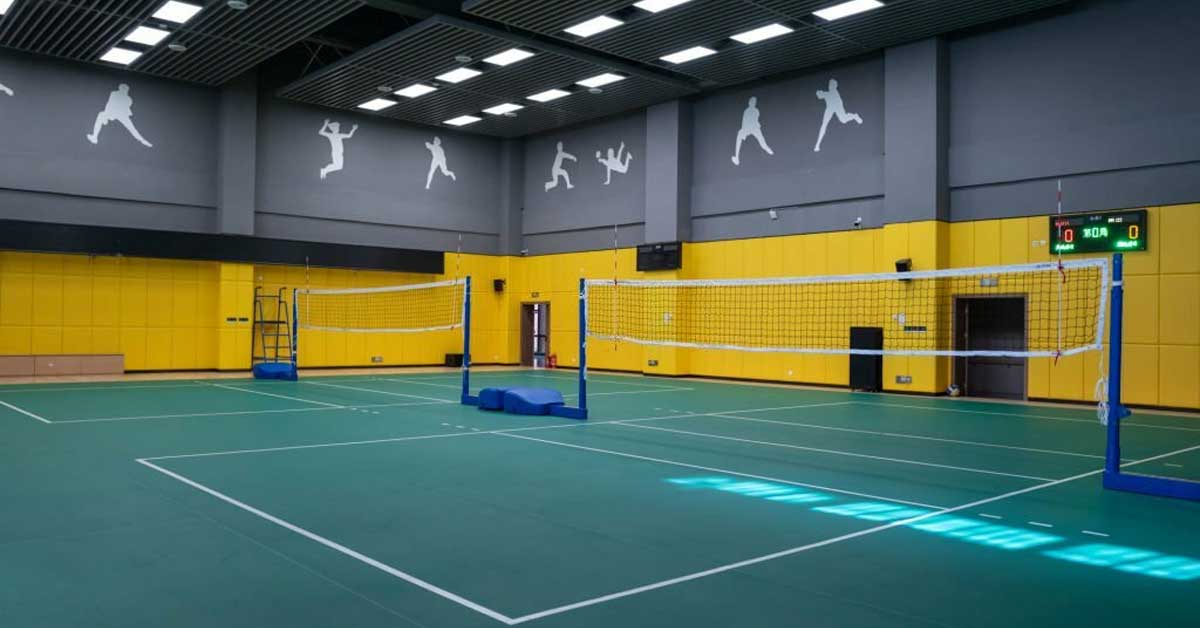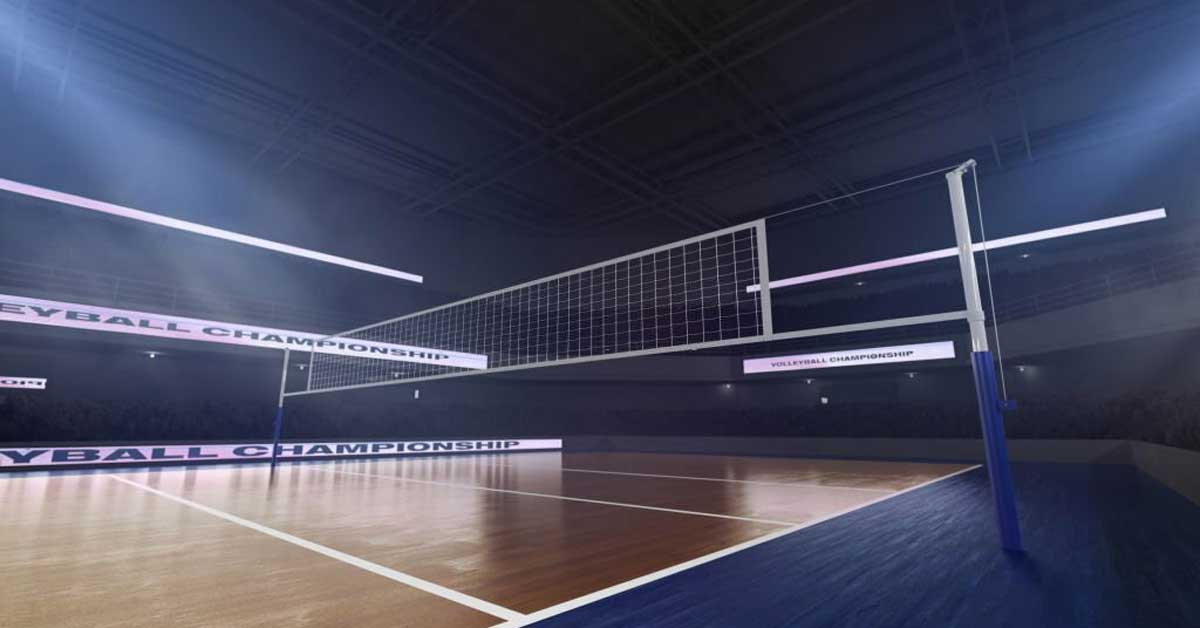The term “volleyball court” conjures images of athleticism, strategy, and the exhilarating energy of a fast-paced game. In this comprehensive guide, we explore the intricacies of volleyball court construction, dimensions, court variations, key considerations, and the crucial role of the playing surface. By delving into these aspects, we unlock the essence of a perfectly designed volleyball court, where the thrill of the game meets precision engineering.
Building Volleyball Courts: Types and Construction
Embracing the world of volleyball courts, we embark on a journey that celebrates both the process of construction and the diverse court variations available. Let us delve into the core of what makes a volleyball court a dynamic arena for athletes and enthusiasts alike.
Standard Dimensions of a Volleyball Court
A standard volleyball court boasts dimensions of 18 meters in length and 9 meters in width. These precise measurements ensure uniformity in the game’s setup, enabling fair and competitive play. The court is divided into two halves by a net, and each team has three hits to return the ball to the opposing side.
Notable Features of a Standard Volleyball Court
- Boundaries and Markings: Clear boundary lines and markings dictate the playable area and guide players during the game. The court is symmetrically divided by the centerline, ensuring equal opportunities for both teams.
- Attack Line: The attack line, also known as the 3-meter line, designates the area from which back-row players can jump and attack the ball. This line adds an extra layer of strategy to the game.
Variations in Volleyball Courts
Volleyball courts come in various forms, catering to different levels of play and specific requirements. Beach volleyball courts, for instance, have distinct dimensions and softer sand surfaces that present unique challenges and gameplay dynamics compared to indoor courts.
 Steps in Building a Volleyball Court
Steps in Building a Volleyball Court
Creating a volleyball court requires meticulous planning and execution. The process involves site preparation, excavation, setting up the sub-base, installing the court boundary, and finally, the placement of the net and posts.
The Art of Court Surface Installation
The playing surface of a volleyball court plays a pivotal role in the quality of the game. Court surfaces should ideally provide a balance between grip and slide, allowing players to move swiftly without the risk of slipping. Synthetic or natural materials are used for the playing surface, and the texture is carefully calibrated to meet the standards of competitive play.
Special Considerations for Surface Coatings
The surface coating of a volleyball court should offer durability, low maintenance, and a consistent bounce of the ball. Acrylic or polyurethane coatings are popular choices, as they provide the necessary grip while accommodating the demands of aggressive play.
Conclusion
In conclusion, the world of volleyball courts marries precision and athleticism in an arena where every dimension matters. From the boundaries to the playing surface, every aspect is carefully designed to optimize the game’s dynamics and player experience. If you’re envisioning the perfect volleyball court, ReformSports.com stands as your partner.
With a dedication to excellence and a legacy of crafting dynamic sporting environments, ReformSports.com transforms your vision into a reality. As athletes step onto the court, the legacy of precision and passion unfolds, creating a space where games are not just played but celebrated.


 Steps in Building a Volleyball Court
Steps in Building a Volleyball Court